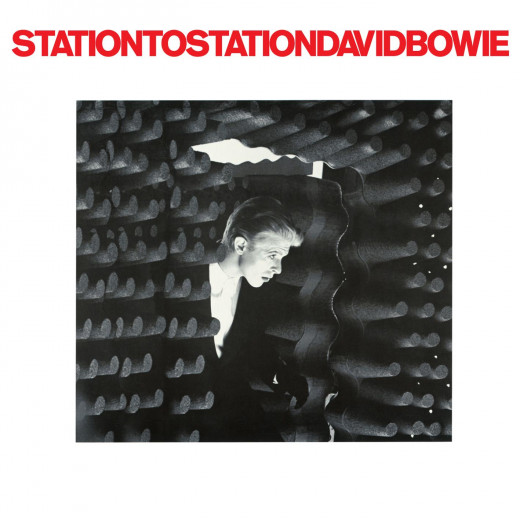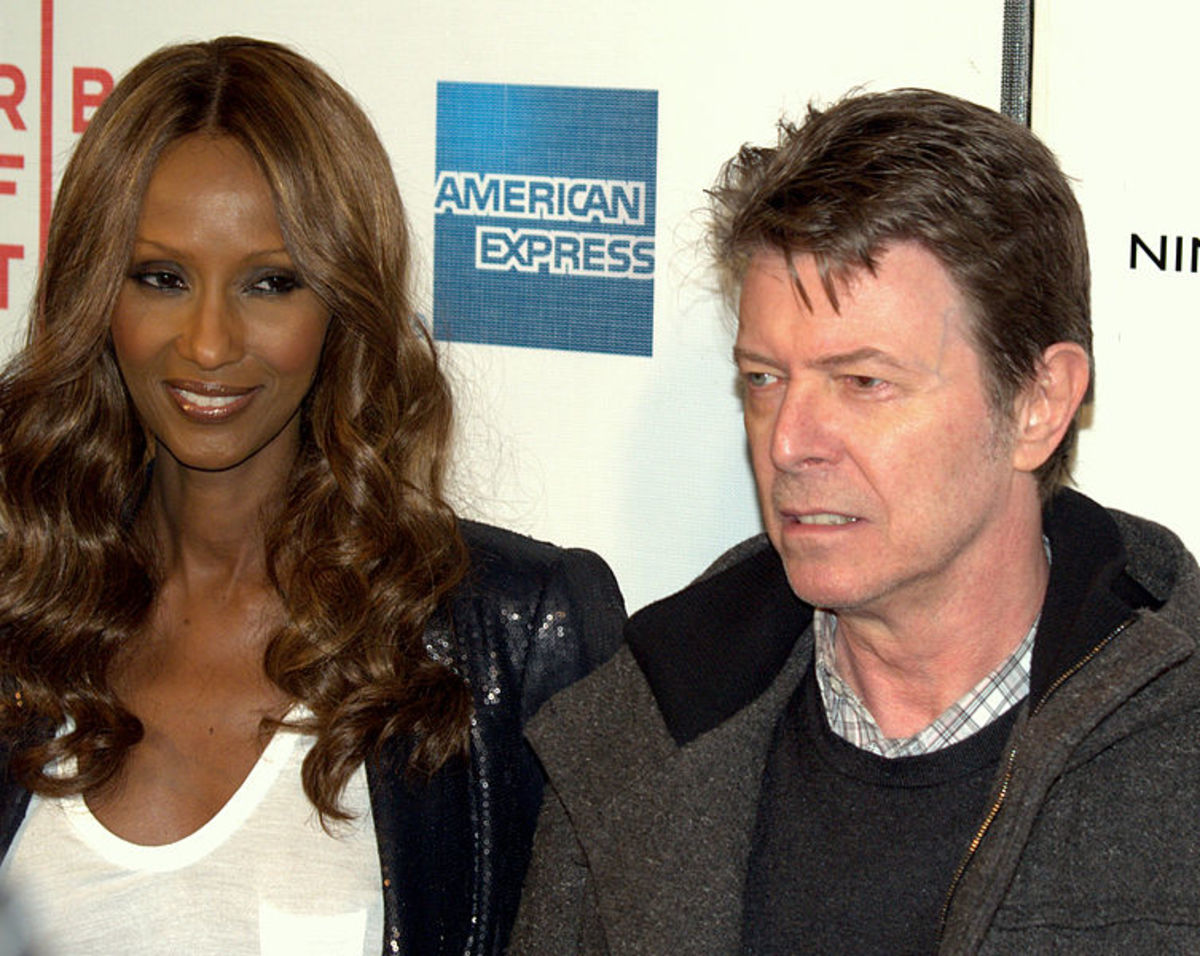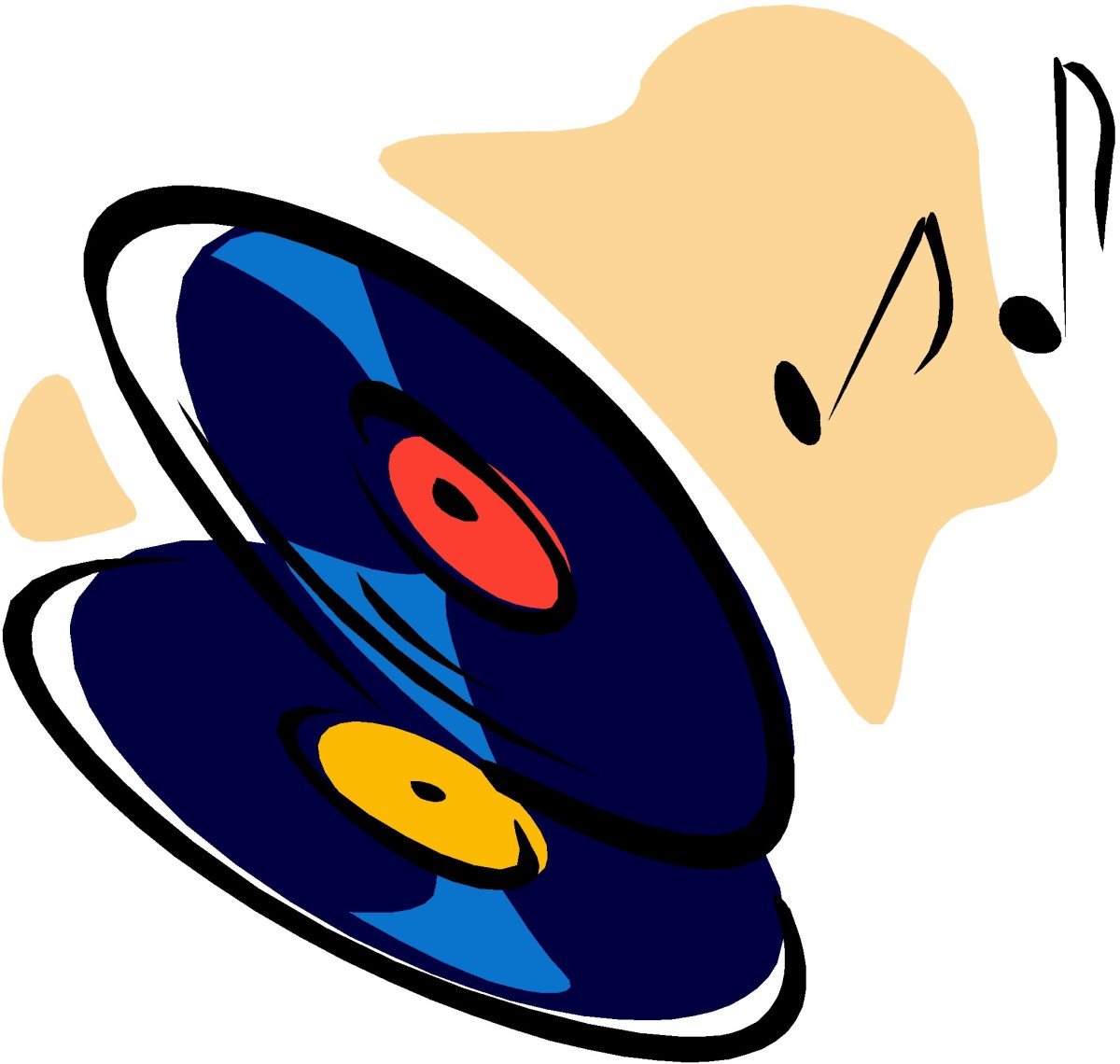Concept Album Corner - 'Station to Station' by David Bowie

I am not somebody who believes firmly in the ‘Troubled Artist’ school of thought. This is the notion that many great pieces of art stem from the creator’s need to express their innermost feelings, be it of sorrow, misery, anger, loathing, etc. This often leads to the thought that anybody who is an artist suffers from some form of mental or emotional disorder, or even worse, that anybody who doesn’t isn’t ‘a real artist’. While I am opposed to that sort of thinking, I understand the thought behind ‘The Troubled Artist’ and, I agree, many of my favorite works have stemmed from an artist attempting to cope with depression, drugs, love loss, anger, childhood trauma, etc. I’ve always found something quite beautiful and powerfully moving about one seeing somebody try to get through the challenges of their life through the one shining glimmer of hope for them: art. This seems to be especially true of musical artists, some of them growing to a legendary status because of their problems. To name a few examples, Kurt Cobain of Nirvana, Jim Morrison of The Doors, Roger Waters of Pink Floyd, Pete Townshend of The Who, John Lennon of The Beatles (to an extent), the list goes on. And today, we’re looking at our friend David Bowie’s own little problem: his cocaine addiction.
Station to Station was a very significant album for Bowie’s life, marking the beginning of a vast number of changes. For starters, Bowie was once again moving away from a sound he had just perfected making in Young Americans and was creeping into a fascination with using synthesizers and the like, influenced by German electronic bands like Kraftwerk and CAN. Using this, Bowie was becoming more and more interested in the more ‘avante-garde’ style of music, which would become quite prevalent in his Berlin Trilogy just after this album. Third, this was the promotional album fro Bowie’s last big stage character. While this is another album that is debatably a concept album, I’ll include simply for the creation of the character of The Thin White Duke.
Though the two major background events for this album were Bowie’s cocaine addiction and a film called The Man Who Fell To Earth. Though the details of why or how are sketchy, the glamorous life would certainly lead to the fall of our old friend Ziggy. Gone was the glam rock look altogether, as Bowie altered his style for the lead role in a science fiction film entitled The Man Who Fell To Earth, a film I intend to go into detail later on this month. That said, the film set a new look for Bowie: clean-cut, sharp, romantic, dapper, slick, thin, and haunting. This would set the look for The Thin White Duke, whom I’ll talk about as we get into the title song. For Bowie’s own addiction, interviews with him definitely showed a crumbling mental and physical stability, stating that he lived off of peppers, cocaine, and milk, wishing that L.A. were wiped off the face of the Earth, and even donning on personality traits of his character, Thomas Jerome Newton, in The Man Who Fell To Earth, aloof and fragile. Bowie was hardly making any kind of logic to the general public at this point, cynical and increasingly deranged. Even in Station to Station, Bowie has gone on saying that he barely remembers a thing of the recording sessions. So Bowie created the character of The Thin White Duke as a way of looking at himself during his drug-addled days, and it wasn’t a pretty image.
For this review, I’ll keep the analysis to one song, the title track of Station to Station, Bowie’s longest song yet, clocking in at over ten minutes long. As with Bowie’s typical sense of theatricality, he starts us with a way of ‘raising the curtain’, so to speak, with the march and buzz of a moving train for at least a whole minute. The wail of guitar feedback fades in as a clunky piano creeps in with bass and plucky guitar. The song is split into two parts, the first being that of a slow, eerie and fashionable little tune, interspersed with a catchy little organ riff. Bowie comes in, sweetly introducing us to The return of the Thin White Duke/Throwing darts in lover’s eyes. As for the character himself, Bowie described the Duke as “a nasty character indeed.” While previous Bowie characters were at least wide-eyed innocents or broken souls, The Thin White Duke was a decadent, hollow, stoic European aristocrat addicted to cocaine, showing off a sense of passion, love, and romanticism while feeling nothing (“Ice masquerading as fire,” as Bowie put it). In fact, many aspects of The Thin White Duke are interlaced with heavy fascist and occultist ideals (Oh, what will I be believing and who will connect me with love?). The Duke crosses ideologies, Jewish and Christian, English and American, romantic and disgusting, from station to station, uncertain of which to choose. The Duke wants it all and can’t settle for believing in just one, so he believes in everything until it all amounts to nothing.
The second riff explores his fascist qualities a touch more, delving into a much more rock and blues dance number. The Thin White Duke obsesses with perfection in every way, for trains to run on time, for lover’s to be perfectly beautiful, for people to act according to his sick, twisted, demented view of the world. The Duke is a character who seems to believe that if you’re rich enough, morals and basic human decency don’t apply to you anymore. In fact, he seems to believe that you become the equivalent of a Nietzchian Ubermensch, capable of doing anything you please because you are beyond human. And if nobody meets with his expectations, the only logical option he takes is death. Should I believe that I’ve been stricken?/Does my face show some kind of glow?/It’s too late to be grateful/It’s too late to be late again/It’s too late to be hateful/The European Cannon is here.
The other songs, like Aladdin Sane and The Rise and Fall of Ziggy Stardust and the Spiders From Mars (to a degree) don’t act as ways to further a story but as an insight further into the character’s thoughts and ideals. Again, The Thin White Duke was a character who obsessed with religion, romance, and drugs and worshipped them above all else in a fascist manner. The song styles mostly stick to Bowie’s previously successful funk and dance numbers, at times fat and groovy, other times slick and poppy, and other times wistful and quiet love ballads. There’s obviously something to read into the choice of songs, such as the love ballad cover ‘Wild Is The Wind’, the catchy and hallucinogenic ‘TVC 15’, the religion fueled love ballad of ‘Word On A Wing’, etc.
However, I feel that reading into any of these songs beyond surface level meaning (which, let’s face it, Bowie doesn’t do songs with a ‘surface level’ meaning) is something of a fool’s errand. In fact, it’s probably the albums biggest downfall as a ‘concept album’. Since the Thin White Duke is a character who feels nothing and means nothing of what he says, doesn’t that truly invalidate the passion and meaning behind a lot of these songs? For all we know, the Duke is just reciting whatever comes to his mind that he knows his audience wants to hear. As songs on their own, of course they’re good: It’s David friggin’ Bowie. Especially the song ‘Word On A Wing’, which is fuelled with passion and sorrow and uncertainty, the thoughts of a man attempting to truly confront his relationship with religion, Christ in particular. However, the knowledge that these are songs that are meant to be sung by a…character, to say the least, with no sense of human emotion not only invalidates the song, but it draws attention to a character that is somewhat uninteresting. The Thin White Duke is like some sort of doppelgänger of Superman to me: While one is clearly on the wicked and ideological side and the other on the simple and virtuous side, both are overpowered superhuman beings that, because of that one trait, become uninteresting. The album acts as a character study in that regard and, while the character isn’t boring, it isn’t a terribly complex character.
For Bowie, this was the last stage character he ever took on and one can see why. At the time, Bowie was trying to move out of his glam-rock and soul-driven period of music and go for a minimalist style of music and music performance, but the transition was rather clunky, as it merged the two together in a way that, frankly, wasn’t merged well. Bowie kept the essence of his glam-rock days, but toned it down to such minimal and uninteresting degrees as to be nearly forgettable. Something like glam-rock calls for something a little bit more extravagant than a thin European in aristocratic attire and stage-lights as the only spectacle, and while ‘minimalist’ music can oftentimes incorporate light shows and character dress-up, it wouldn’t be done in the way Bowie did it. Bowie eventually dropped the character and I assume that it was because Bowie felt that he was starting to truly become The Thin White Duke as time went on.
The album has some truly great tunes but I wouldn’t call it Bowie’s best. It’s very clunky and confused and, aside from ‘Word On A Wing’, ‘TVC 15’, and sometimes ‘Station to Station’, I don’t find the songs all that interesting. I give credit to Bowie for trying something new and, thankfully, he succeeded at the artistic minimalist style in his Berlin Trilogy (as a sort of mini review, I highly recommend the album Low, the first in the Berlin Trilogy: the album is split into two different halves, one of Bowie’s typical dance-oriented stuff, the other made of some of the most gorgeous and sometimes heartbreaking instrumental meditations ever recorded. If only for the second side alone, this is a ‘must-have’ album).
And once the Berlin Trilogy ended, sadly, things wouldn’t look too good for Bowie’s musical career for a good chunk of time…






